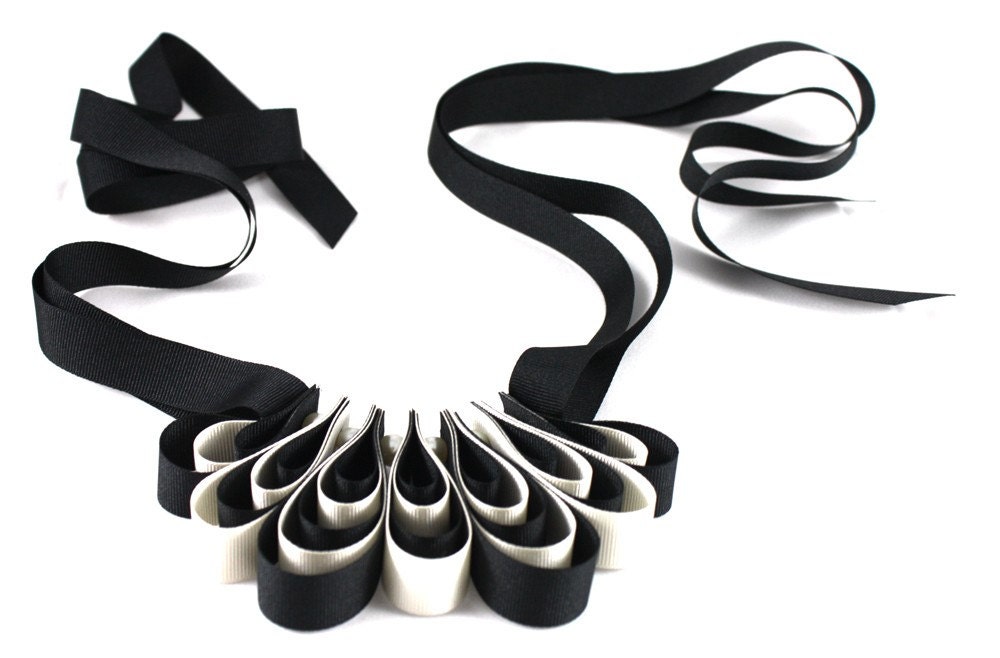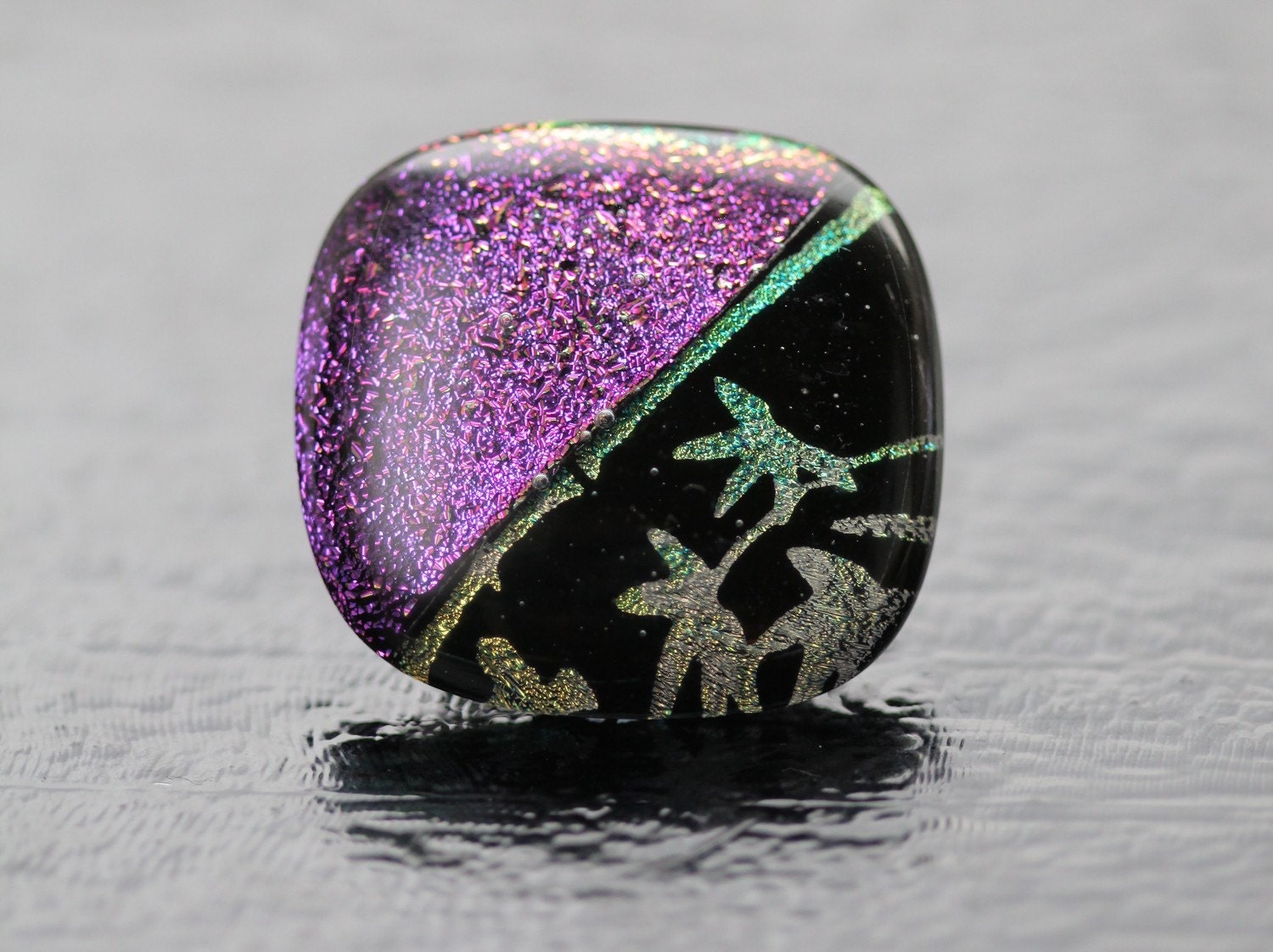Over the past three years I have seen a lot of table displays at craft fairs - the good, the bad and the ugly. So I thought I would take an opportunity to talk about displaying your work and, hopefully, help you to sell your product.
There are lots of different ways you can make your stall eye catching and appealing. The worst thing that can happen is that people pass you by without stopping to see what you sell. Most visitors will only glance as they pass your stall so think about ways that you can catch their eye and draw them in. If your art is large and colourful you have less work to do than if your art is small, delicate or mono-chrome.
Signage
Do you have a trading name? If not, your sign could say Fine Art Painting or Hand Made Jewellery. Make that sign bold and clear (remember, some people struggle to read text with serifs so choose a text sans-serif). Your sign or banner can go on the front of your stall or on the boards behind.
Display furniture
The flat surface of your table is only the start of your display. If you have a van you can bring your own furniture (ceramics look good displayed on a painted white dresser or old cupboard) or glass display cases for jewellery. If you are limited to the flat table top think about displaying your work in layers with taller display such as shelving or boxes, at the back. 3ddisplays.co.uk has a large range of perspex display items.
Arranging your work
It’s difficult to gauge how much to display on your stall. Visitors like a visual feast but they don’t like to be overwhelmed with items to pick through. (This is not a car boot sale). You may want to group your cheaper items together and your more expensive items nearer the back or group your work in “themes”. Make sure your price labelling is clear – you don’t want to sell a large ceramic vessel for the same price as one of your “sale” items by mistake or lose a potential customer because you had to explain your pricing to them.
Do you package your work in lovely boxes or bags? How does your customer know this? Enhance their buying experience by displaying some of your packaging alongside your product. A stack of three jewellery boxes or a ribbon festooned bag will show your customer what to expect with their purchase.
Table coverings are tricky to get right. Highly patterned cloths can seriously detract from your product as can bright colours. And as for creased tablecloths... if your cloth creases in transit take an iron and extension lead with you.
 |
| Vintage-style jewellery display by Wychbury |
When I started to write this blog post I asked a few crafty friends for their tips. Here's what they said.
Shell B Creations: "Shoe boxes are an easy way to raise your display - just stack them under your table cloth"
Lisa Holker: "Our display changes every time we set up, we've got a frame my Dad made that attaches to the back of the table to hang items off to add height and a foldaway book case which we tag on the end if we're allowed. We are gradually coming round to the idea that less is more but its always a battle"!
Sarah Fitton: " Wychbury's table tops always look stunningly coordinated, as do Tracy of Ruby Spirit Designs. Mini shelves, boxes under fabric, suitcases, diddy chairs, hinged pin boards...I've seen all of these as ways to add height. Having your business name very visible is good, I always want to know who the items are made by...maybe a banner/bunting/plaque? Plenty of business cards, postcards, mini Moo cards on the table for customers to take. Neutral back drop if you have patterned items ...these are all the things I've seen work really well at fairs BUT I'm no expert at all".
Kirsten Miller: having different heights is a must and a few focal pieces (of higher value) help give context to your work. I love Rachel Lucie's displays - she makes great use of accessories to display her jewellery well (books, photos and picture frames). Colour is important to give a cohesive look and less can sometimes be more - too much choice can be off-putting. Investing in some display furniture is a good idea - shows there is a professionalism about what you do".
Tracy (Ruby Spirit Design): "My stall is a real 'Blue Peter' affair, couldn't find the kind of display items I wanted so I made some and customised others, much happier with it now"
Paula Perrins (Wychbury) "BE ACCESSIBLE to buyers. Even if you have most of your work on boards or behind glass, make sure that your customer always feels like they can pick up, examine or ask to try on your pieces. Customers may walk away without buying if they feel intimidated by a perfect display they are afraid to touch or an unpriced piece of jewellery they are worried they may be embarrassed by not being able to afford. Lovely Leigh Shepherd displays in one of the clearest aways I've seen, I've minded her stall for a minute and it was easy-peasy for me and the customer and gorgeous to boot!
Try to BLOCK similar items and keep your range as simple as possible to avoid 'Busyness'. If your items are one of a kind they need to be clearly priced. Customers will be confused by a 'Handbags-doilies-cheese' approach and contrived, themed displays can result in you having to price every single item. Blocking means you can go with 'Earrings £20 per pair' on a neat card and be done with it! This will also avoid the inevitable 'Why is this necklace £2 more expensive than this one' questions!
BRANDING...extend your company's branding into your display by choosing image-appropriate display items for your work.Cathy Emmott's stall is a fantastic example, her reclaimed wooden shelving is the perfect backdrop for her items. Incongruously paired work and display can distract from the work itself - you also sometimes run the risk of people attempting to buy your display items instead of your work. I've nearly lost my bathroom mirror several times!"


.jpg)


















